Home>Gardening & Outdoor>Pool & Spa Care>How To Make A Hot Tub Hotter
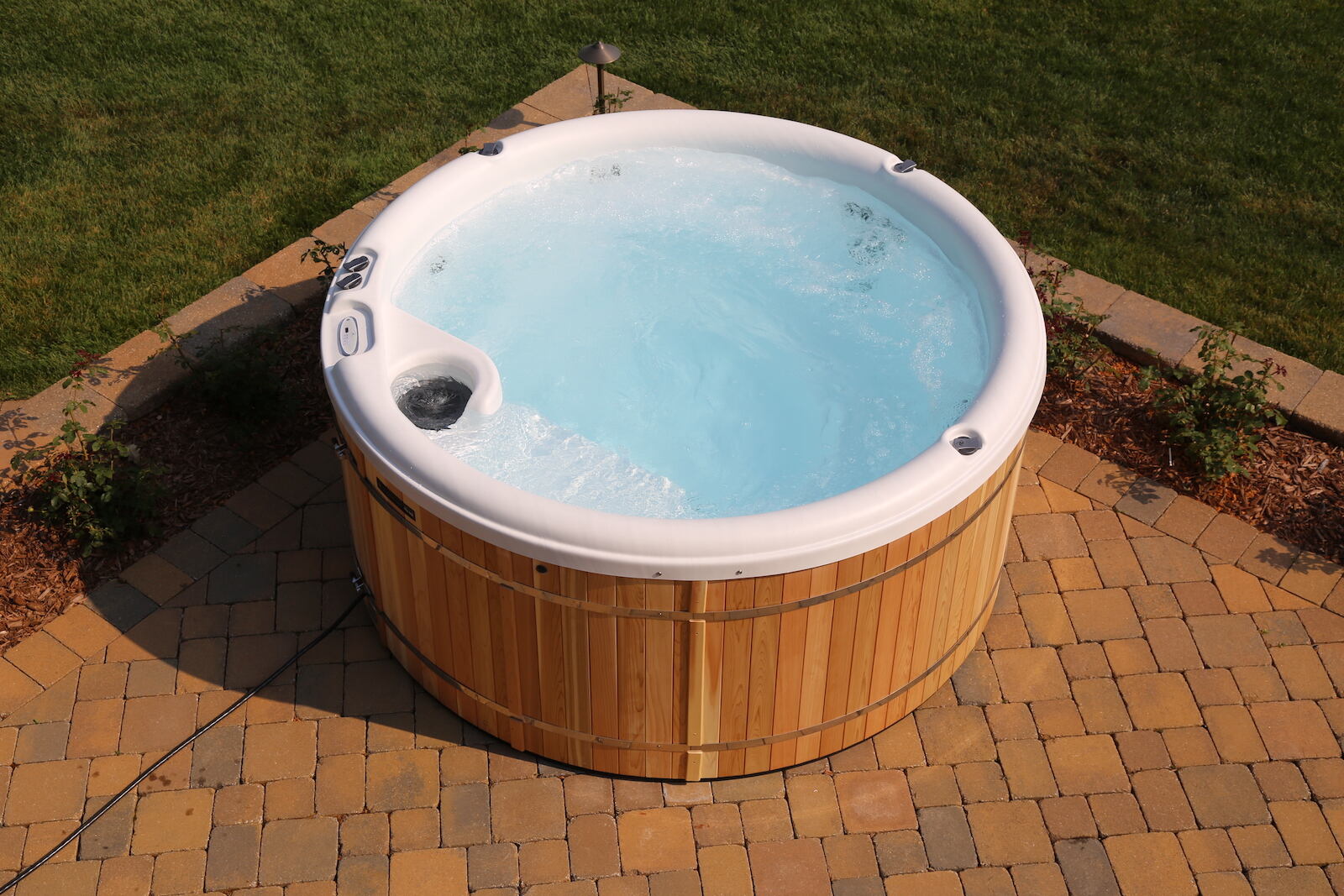

Pool & Spa Care
How To Make A Hot Tub Hotter
Modified: November 1, 2024
Learn how to make your hot tub hotter with our expert pool and spa care tips. Discover simple yet effective methods to increase the heat and enhance your hot tub experience.
(Many of the links in this article redirect to a specific reviewed product. Your purchase of these products through affiliate links helps to generate commission for Storables.com, at no extra cost. Learn more)
Introduction
Welcome to the world of luxurious relaxation and therapeutic rejuvenation – the realm of hot tubs. Whether you own a hot tub or are considering investing in one, the prospect of indulging in warm, bubbling waters holds an irresistible allure. However, achieving the perfect temperature in your hot tub can sometimes be a challenge. Fear not, for in this comprehensive guide, we will explore various methods to make your hot tub hotter, ensuring that every soak is a blissful and soothing experience.
From selecting the right hot tub to implementing smart temperature-boosting techniques, we will delve into the art of maximizing the warmth and comfort of your hot tub. So, grab your towel, slip into your bathing suit, and let’s embark on a journey to unlock the secrets of making your hot tub hotter.
Key Takeaways:
- Choose a smaller hot tub with superior insulation and heating capacity to maximize heat retention and energy efficiency, ensuring a cozy and indulgent soaking experience.
- Utilize a floating thermal blanket, high-quality cover, and reliable heater to elevate water temperature and maintain warmth, creating a tranquil oasis for relaxation and rejuvenation.
Read more: How To Make A Hot Tub Cover
Choosing the Right Hot Tub
Before delving into the specifics of making your hot tub hotter, it’s essential to ensure that you have the right equipment for the job. When selecting a hot tub, consider factors such as size, insulation, and heating capabilities.
Size Matters: The size of your hot tub plays a significant role in its ability to retain heat. Larger tubs generally require more energy to heat and maintain their temperature, while smaller tubs are more efficient in this regard. If you prioritize heat retention, consider opting for a smaller hot tub.
Insulation: Insulation is a key factor in retaining heat within your hot tub. Look for hot tub models with superior insulation, such as foam-filled cabinets and insulated covers, as these features can significantly contribute to maintaining higher water temperatures.
Heating Capacity: When choosing a hot tub, pay attention to the heating capacity of the unit. High-quality hot tubs often come equipped with robust heating systems that can efficiently raise and sustain water temperatures. Selecting a hot tub with a powerful and energy-efficient heater is crucial for optimizing heat retention.
By carefully considering these factors when choosing a hot tub, you can lay a solid foundation for maximizing its heat retention capabilities. Now that you have selected the right hot tub, let’s explore strategies to elevate its temperature for a truly indulgent soaking experience.
Increasing Water Temperature
Once you have your hot tub in place, you may find that you desire a higher water temperature for a more invigorating soak. Fortunately, there are several effective methods to elevate the water temperature in your hot tub.
Adjusting the Thermostat: Most hot tubs are equipped with a thermostat that allows you to set the desired water temperature. To increase the water temperature, simply adjust the thermostat to a higher setting. Keep in mind that the ideal hot tub temperature typically ranges between 100°F and 102°F, but always refer to the manufacturer’s recommendations for your specific model.
Preheating the Water: If you are planning to use your hot tub at a specific time, consider preheating the water in advance. By turning on the heater well before your intended soak, you can ensure that the water reaches the desired temperature by the time you are ready to indulge in a relaxing session.
Using a Floating Thermal Blanket: A floating thermal blanket is a simple yet effective tool for retaining heat in your hot tub. By covering the water’s surface with a thermal blanket when the hot tub is not in use, you can minimize heat loss through evaporation, helping the water to maintain its warmth for longer periods.
Optimizing Water Circulation: Proper water circulation is essential for maintaining uniform temperatures throughout the hot tub. Ensure that the jets and circulation system are functioning optimally to prevent temperature variations within the tub. Consistent water circulation can help distribute the heat evenly, ensuring a comfortable and enjoyable soaking experience.
By implementing these strategies, you can effectively increase the water temperature in your hot tub, allowing you to tailor each soak to your desired level of warmth and comfort. However, if you find that your hot tub still requires additional heat retention, consider exploring insulation options to further enhance its thermal efficiency.
Adding Insulation
Enhancing the insulation of your hot tub is a proactive approach to improving its heat retention capabilities. Effective insulation not only helps maintain water temperature but also contributes to energy efficiency, reducing operational costs in the long run. Here are some strategies to bolster the insulation of your hot tub:
Insulating the Cabinet: Many hot tubs feature cabinets that house the internal components. By adding additional insulation to the cabinet walls, you can minimize heat loss from the equipment, thereby conserving the warmth of the water. This can be achieved by installing insulation materials or specially designed cabinet wraps to create a thermal barrier.
Utilizing Thermal Covers: Thermal covers, also known as floating or hard covers, play a crucial role in heat retention. Investing in a high-quality thermal cover designed specifically for your hot tub model can significantly reduce heat loss through the water’s surface. When not in use, always ensure that the hot tub is covered with its thermal blanket to preserve the water temperature.
Applying Spray Foam Insulation: For hot tubs with accessible insulation compartments, applying spray foam insulation can be an effective method to enhance heat retention. This specialized insulation expands to fill gaps and crevices, creating a seamless thermal barrier that helps trap heat within the hot tub, thus maintaining higher water temperatures for extended periods.
Sealing Air Leaks: Inspect the hot tub for any potential air leaks or gaps in the insulation. Sealing these openings with weather-stripping or sealant can prevent heat from escaping and cold air from infiltrating the hot tub, bolstering its overall thermal efficiency.
By incorporating these insulation strategies, you can fortify your hot tub’s ability to retain heat, ensuring that it remains at an optimal temperature for your relaxation and enjoyment. However, for those seeking additional options to elevate the water temperature, exploring the use of a hot tub cover and heater can further enhance the heat retention capabilities of your hot tub, providing a truly indulgent soaking experience.
To make a hot tub hotter, try insulating the tub with a cover to trap heat, add a thermal blanket underneath, and consider upgrading the heater for more power.
Using a Hot Tub Cover
Employing a hot tub cover is an indispensable method for enhancing heat retention and energy efficiency. A well-designed and properly maintained cover can significantly reduce heat loss, preserving the water temperature and minimizing operational costs. Here’s how you can maximize the benefits of using a hot tub cover:
Choosing a High-Quality Cover: When selecting a hot tub cover, opt for a high-quality, durable model that is specifically designed for your hot tub’s dimensions. Ensure that the cover fits snugly and effectively seals the hot tub, preventing heat from escaping and debris from entering the water.
Maintaining the Cover: Regular maintenance of the hot tub cover is essential for optimal performance. Keep the cover clean and free of debris, and inspect it for any signs of wear or damage. Repair or replace worn-out covers promptly to maintain their insulating properties and prolong their effectiveness in retaining heat.
Utilizing Cover Lifters: Cover lifters are practical accessories that facilitate the effortless removal and replacement of hot tub covers. By using a cover lifter, you can conveniently access the hot tub while ensuring that the cover remains in good condition and continues to provide effective insulation.
Securing the Cover: Properly securing the hot tub cover when the tub is not in use is crucial for heat retention. Many covers come with locking mechanisms or straps to secure them in place, preventing heat loss through inadvertent displacement of the cover.
Implementing a Cover Cap: In regions with inclement weather or heavy precipitation, using a cover cap in conjunction with the hot tub cover can offer additional protection. A cover cap acts as a shield, safeguarding the cover from the elements and preserving its insulating properties.
By leveraging the insulating capabilities of a hot tub cover, you can optimize heat retention, reduce energy consumption, and maintain the water temperature at an ideal level for a luxurious and soothing hot tub experience. However, for those seeking further enhancements to elevate the water temperature, exploring the use of a hot tub heater can provide an additional boost to the heat retention capabilities of your hot tub.
Read more: How To Make A Wooden Hot Tub
Using a Hot Tub Heater
When it comes to ensuring that your hot tub remains consistently warm and inviting, a reliable hot tub heater can be a game-changer. Whether you are seeking to increase the water temperature or maintain it at an optimal level, a heater can provide the necessary boost to elevate your hot tub experience. Here’s how you can effectively utilize a hot tub heater:
Selecting the Right Heater: When choosing a hot tub heater, consider factors such as the tub’s size, insulation, and heating capacity. Opt for a heater that aligns with the specific requirements of your hot tub, ensuring that it can efficiently raise and sustain the desired water temperature.
Setting the Temperature: Once the heater is installed, familiarize yourself with its controls and settings. Adjust the temperature according to your preferences, ensuring that the water reaches the ideal level of warmth for a comfortable and relaxing soak.
Monitoring and Maintenance: Regularly monitor the performance of the hot tub heater to ensure that it is functioning optimally. Keep the heater and its components clean and well-maintained, and promptly address any issues or malfunctions to sustain its efficiency in heating the water.
Supplemental Heating: In colder climates or during the winter season, a hot tub heater may require additional support to maintain higher water temperatures. Consider using a floating thermal blanket in conjunction with the heater to minimize heat loss and maximize the effectiveness of the heating system.
Energy-Efficient Heating: Explore energy-efficient heating options to minimize operational costs while maximizing heat retention. Some modern hot tub heaters are designed with energy-saving features, allowing you to enjoy a consistently warm hot tub experience without significantly impacting your energy consumption.
By leveraging the capabilities of a hot tub heater, you can ensure that your hot tub consistently delivers the warmth and comfort you desire. Whether you are seeking to elevate the water temperature for a rejuvenating soak or maintain it at an optimal level, a reliable heater can play a pivotal role in enhancing your hot tub experience. With the right combination of insulation, covers, and heating solutions, you can create an oasis of relaxation and tranquility right in your own backyard.
Conclusion
Congratulations on embarking on a journey to unlock the secrets of making your hot tub hotter. By exploring the art of maximizing heat retention and implementing smart temperature-boosting techniques, you are well on your way to ensuring that every soak in your hot tub is a blissful and soothing experience.
From choosing the right hot tub with superior insulation and heating capabilities to utilizing effective methods to elevate the water temperature, you have gained valuable insights into optimizing the warmth and comfort of your hot tub. Whether you are adjusting the thermostat, preheating the water, or using a floating thermal blanket, these strategies can help you tailor each soak to your desired level of warmth and relaxation.
Enhancing the insulation of your hot tub, utilizing a high-quality cover, and incorporating a reliable heater are essential steps in fortifying its ability to retain heat. By adding insulation to the cabinet, applying spray foam insulation, and sealing air leaks, you can create a robust thermal barrier that minimizes heat loss. Additionally, maintaining a well-fitted cover, utilizing cover lifters, and implementing a cover cap can further enhance heat retention and energy efficiency.
With the right combination of insulation, covers, and heating solutions, you can create an oasis of relaxation and tranquility right in your own backyard. Whether you seek a rejuvenating soak or a soothing retreat, your hot tub can now consistently deliver the warmth and comfort you desire, allowing you to unwind and indulge in a truly indulgent soaking experience.
As you continue to explore the possibilities of making your hot tub hotter, remember to prioritize safety and energy efficiency in your endeavors. By implementing these strategies and embracing the art of heat retention, you are well-equipped to elevate your hot tub experience and create lasting moments of relaxation and rejuvenation.
So, go ahead – adjust the thermostat, secure the cover, and bask in the inviting warmth of your hot tub. Here’s to many more delightful soaks and tranquil moments in your own personal oasis of warmth and comfort.
Frequently Asked Questions about How To Make A Hot Tub Hotter
Was this page helpful?
At Storables.com, we guarantee accurate and reliable information. Our content, validated by Expert Board Contributors, is crafted following stringent Editorial Policies. We're committed to providing you with well-researched, expert-backed insights for all your informational needs.

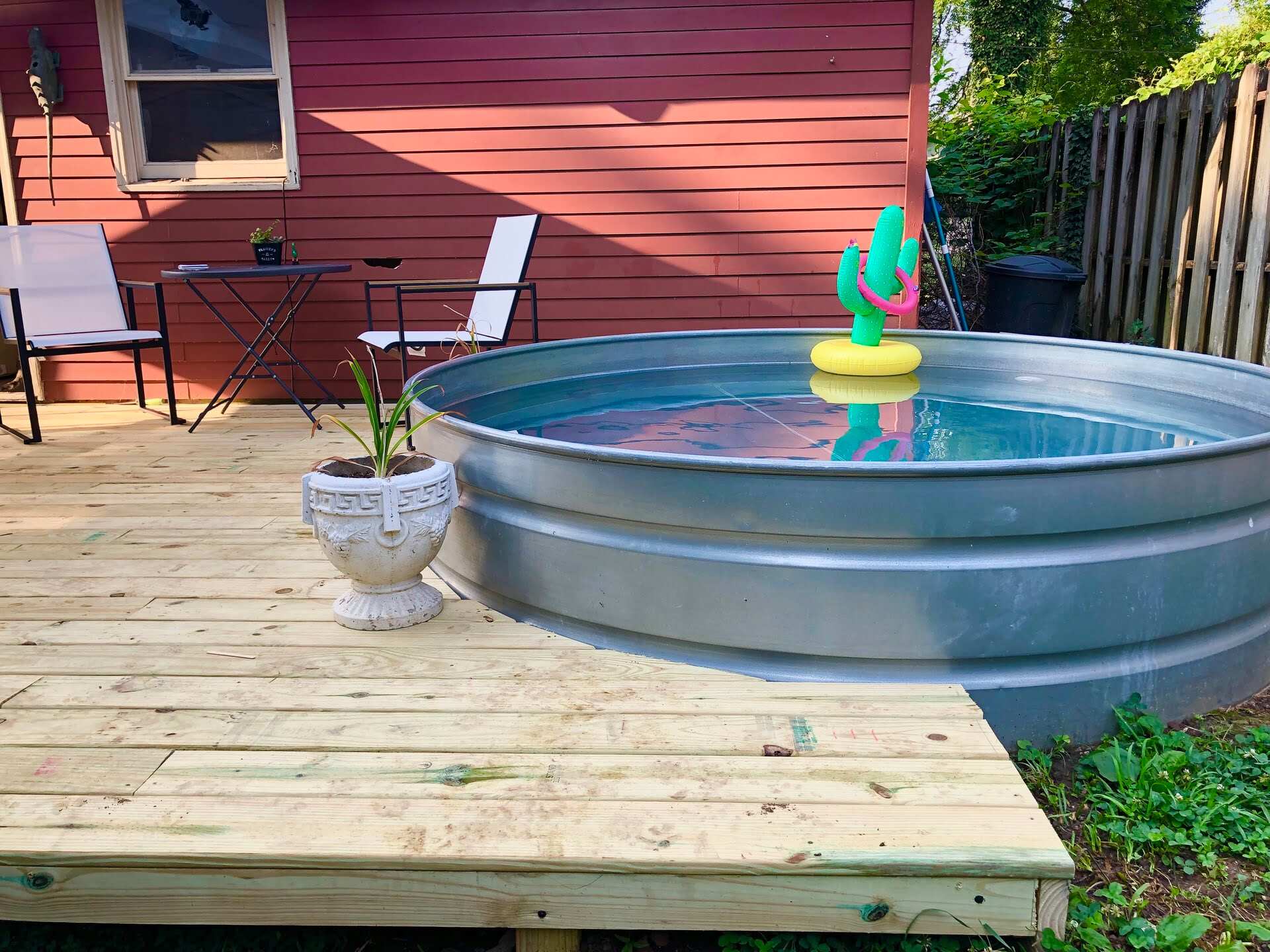
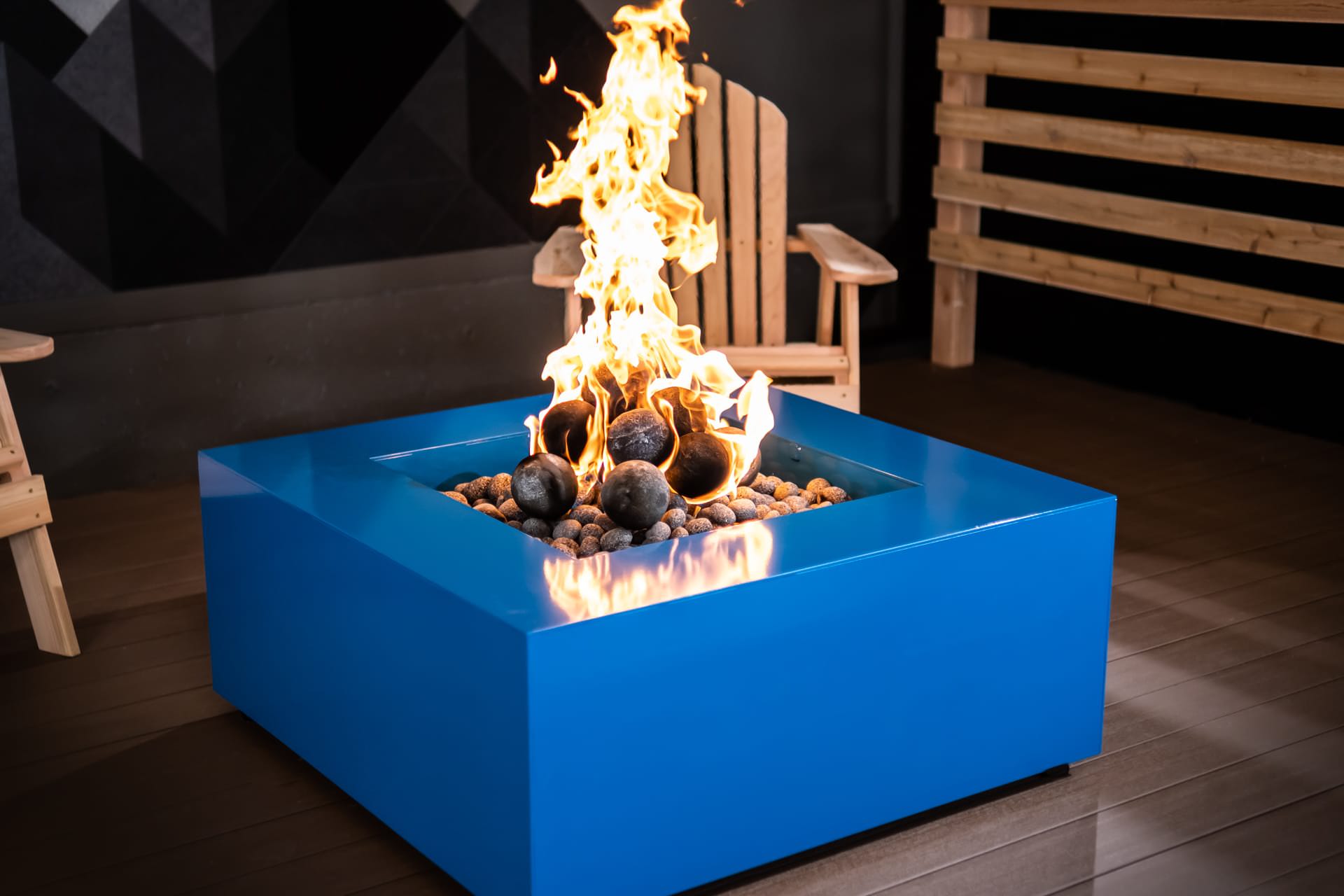
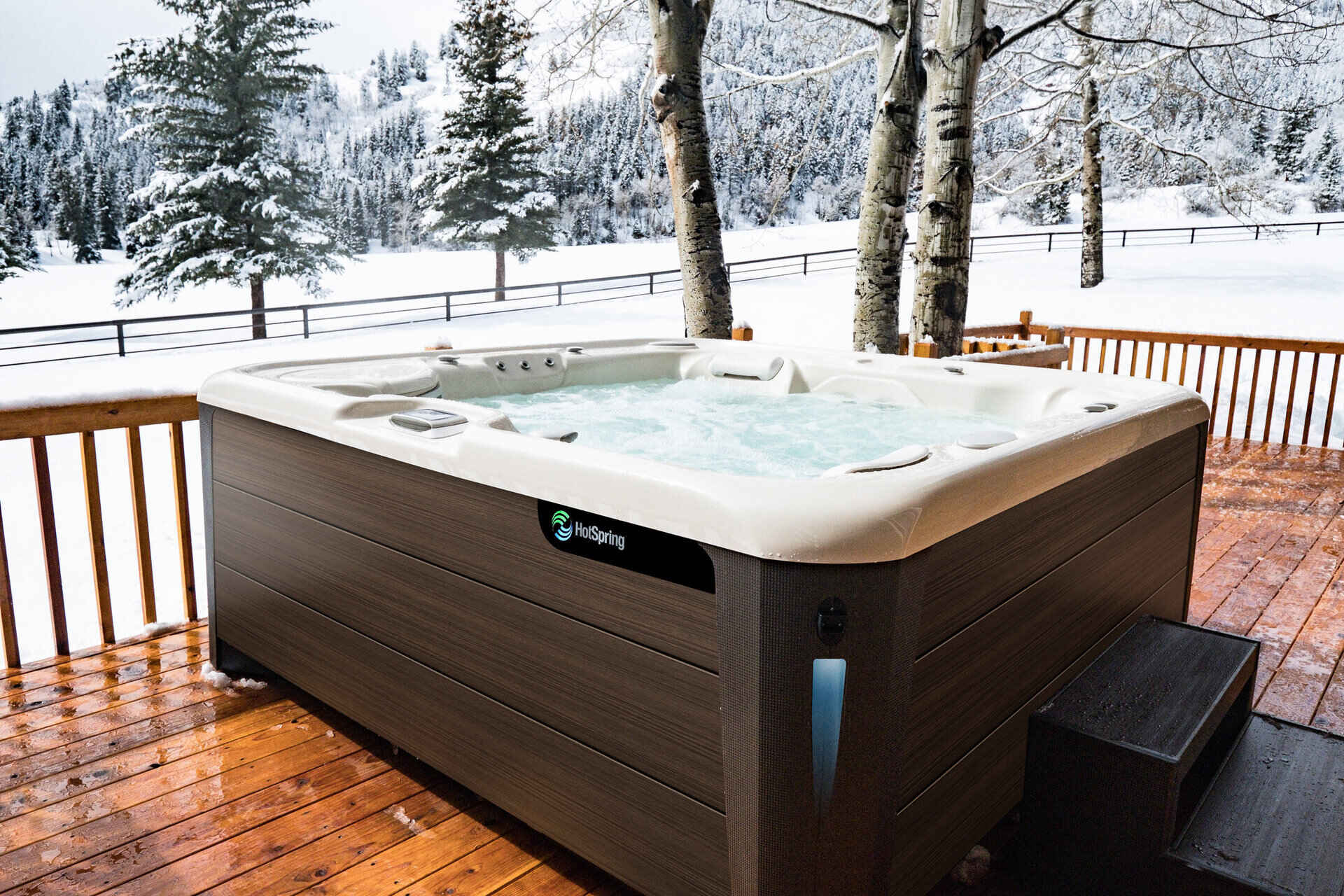
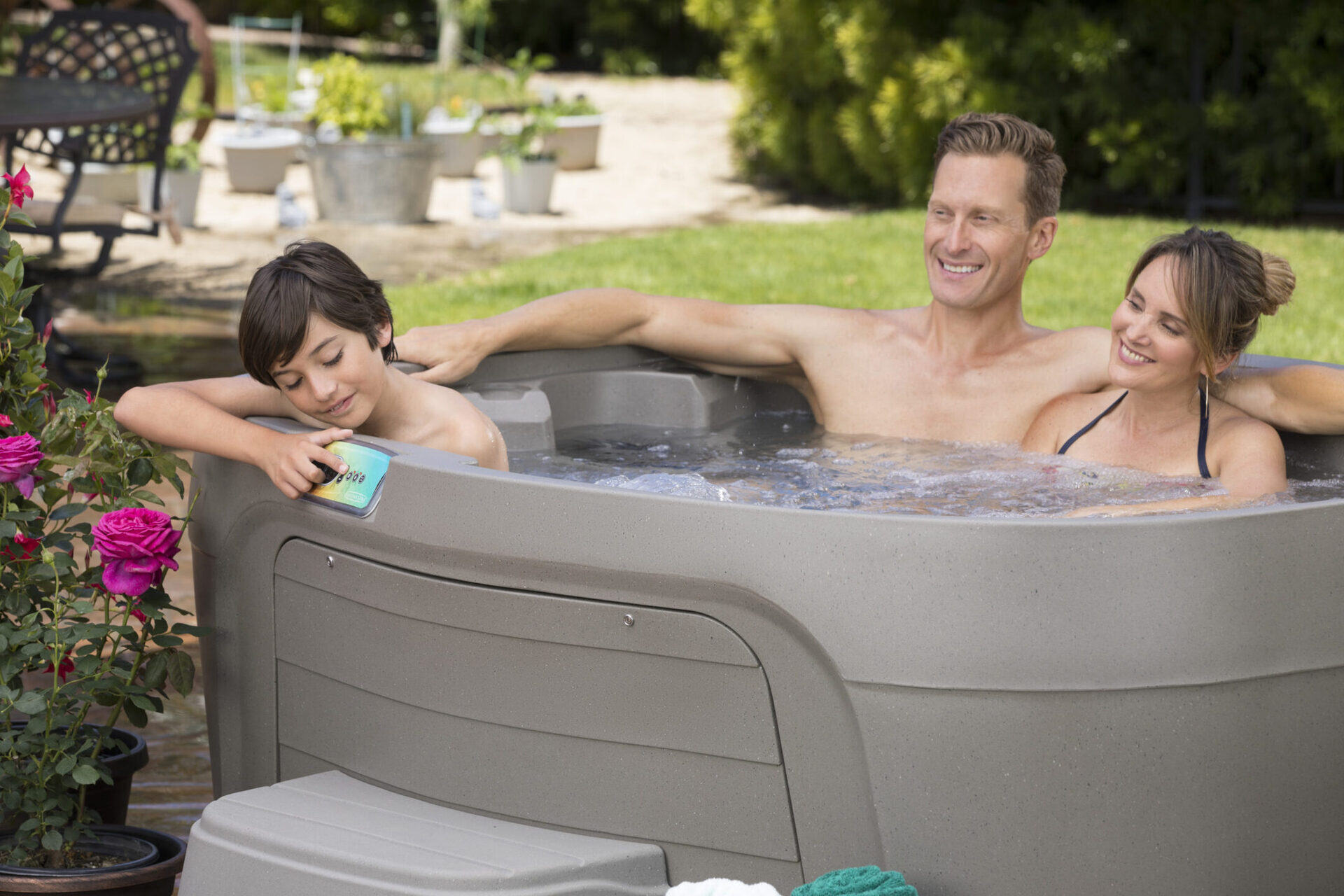
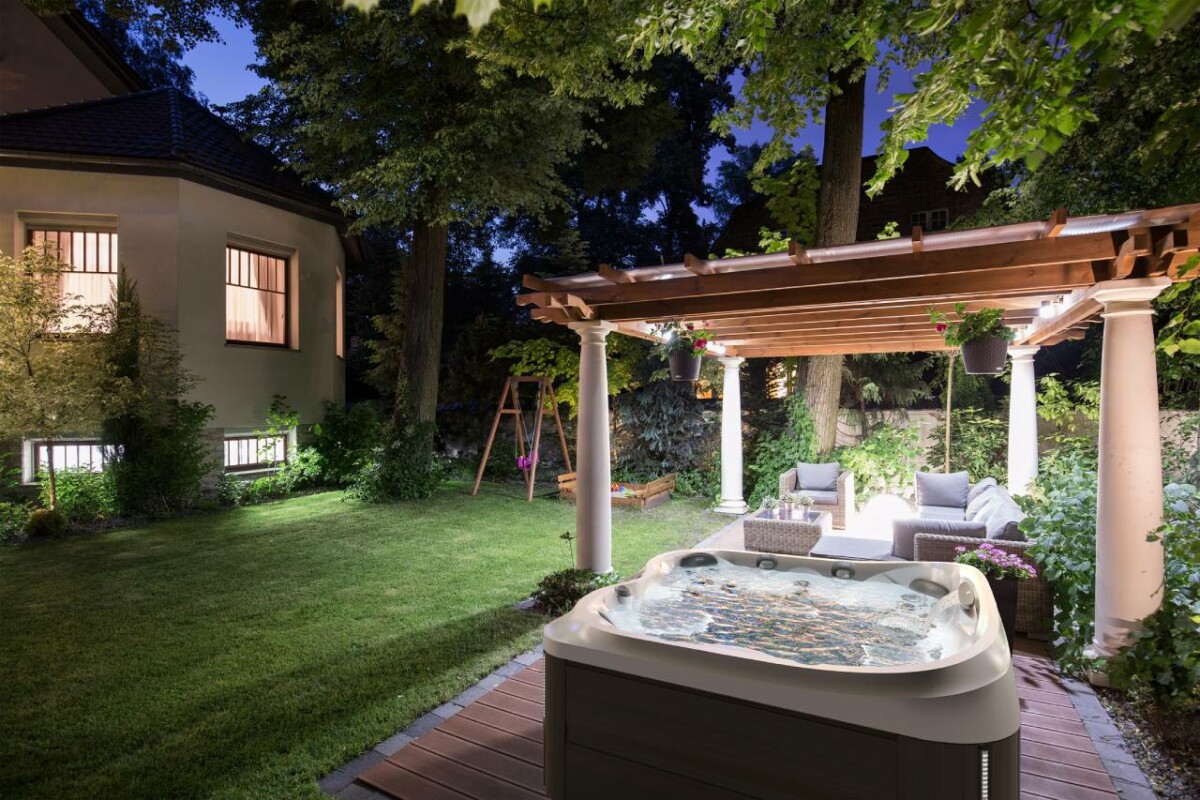
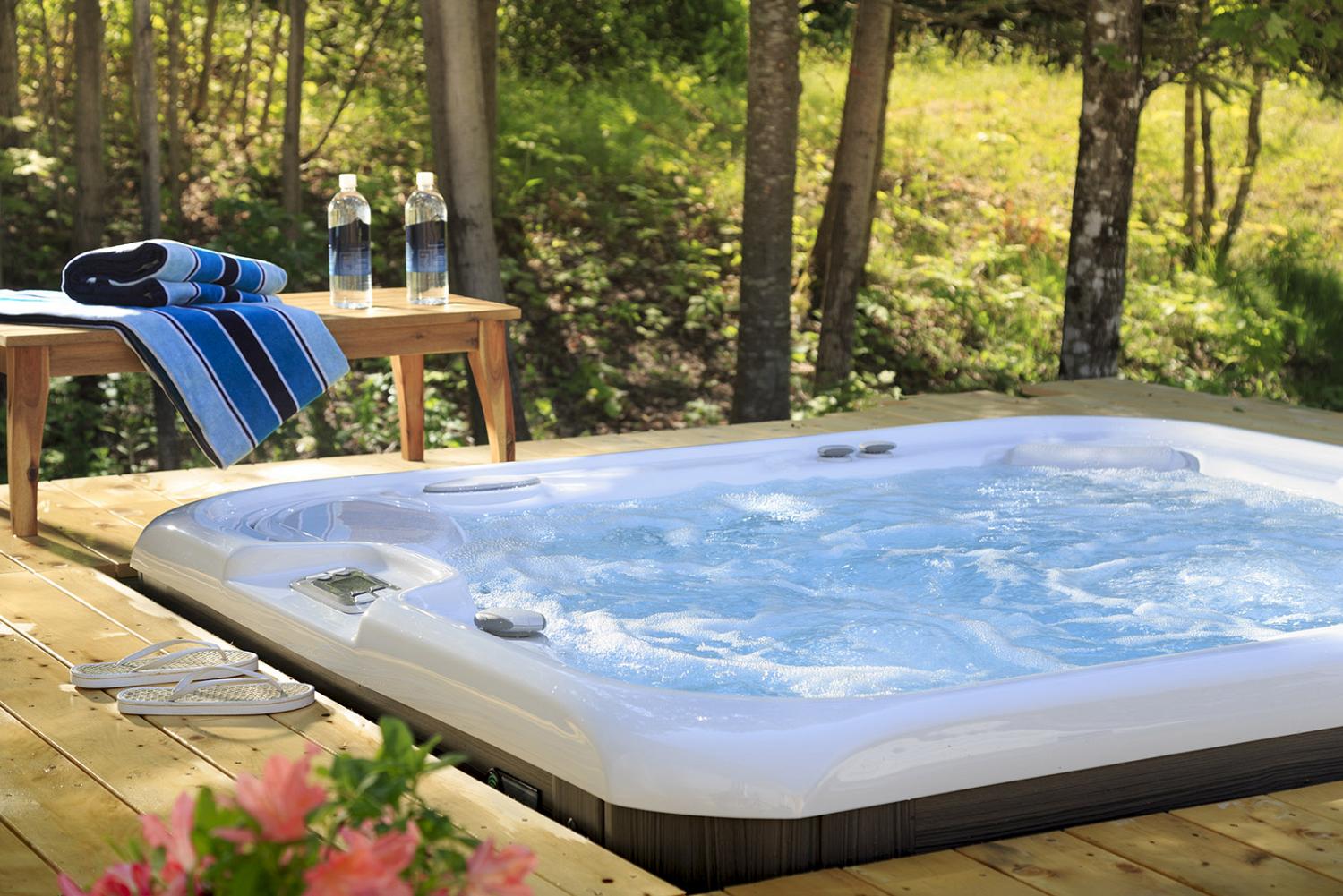
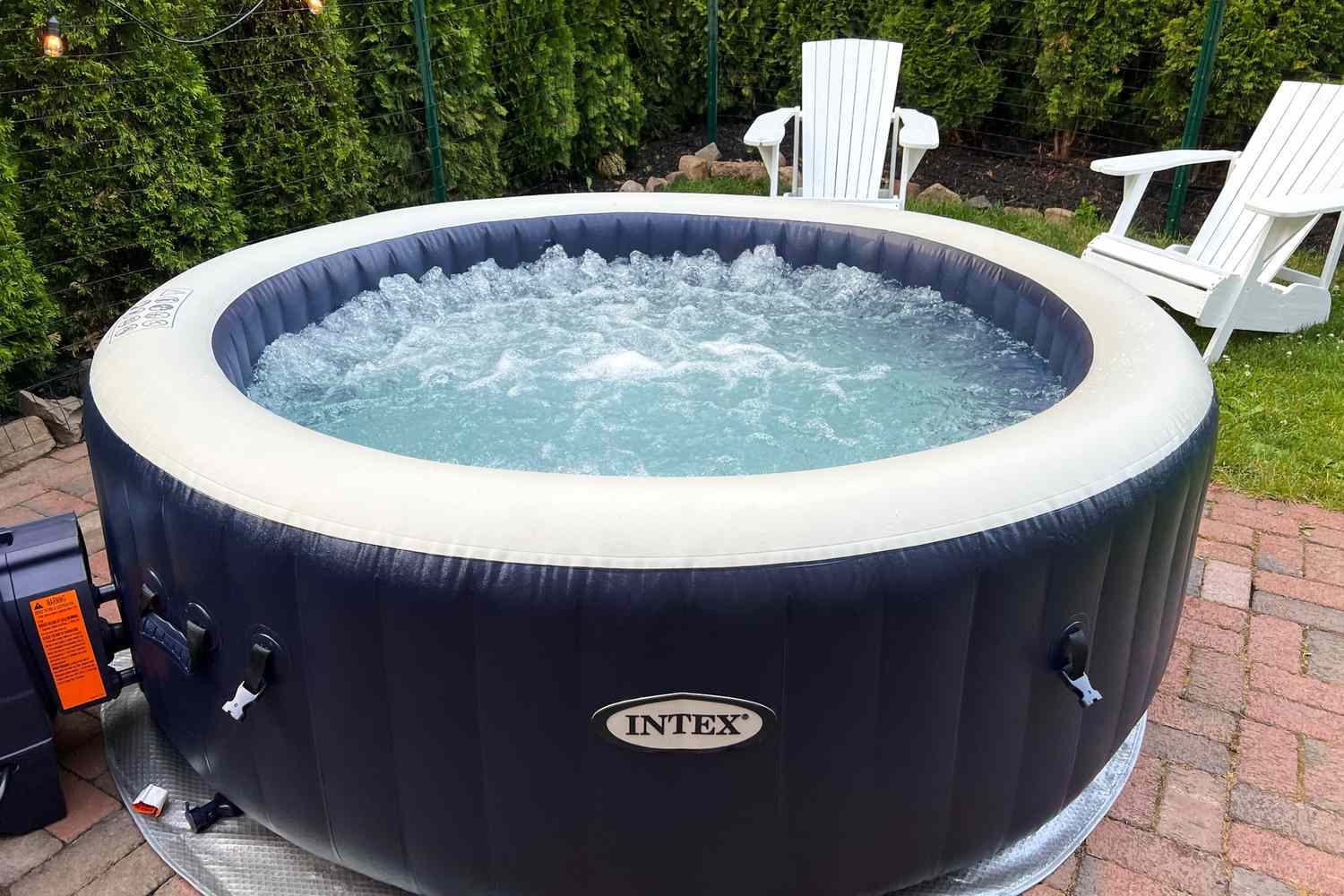
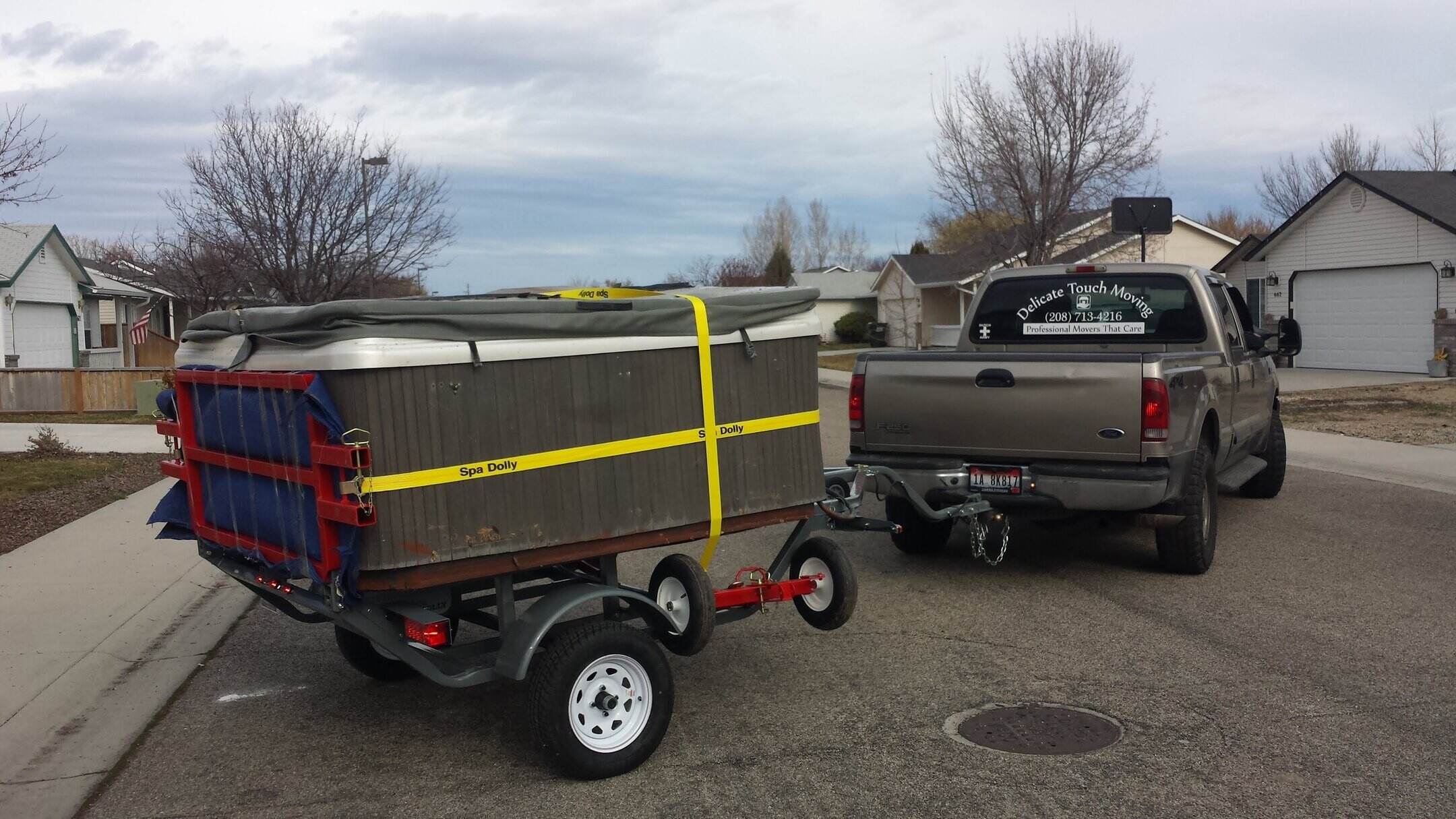
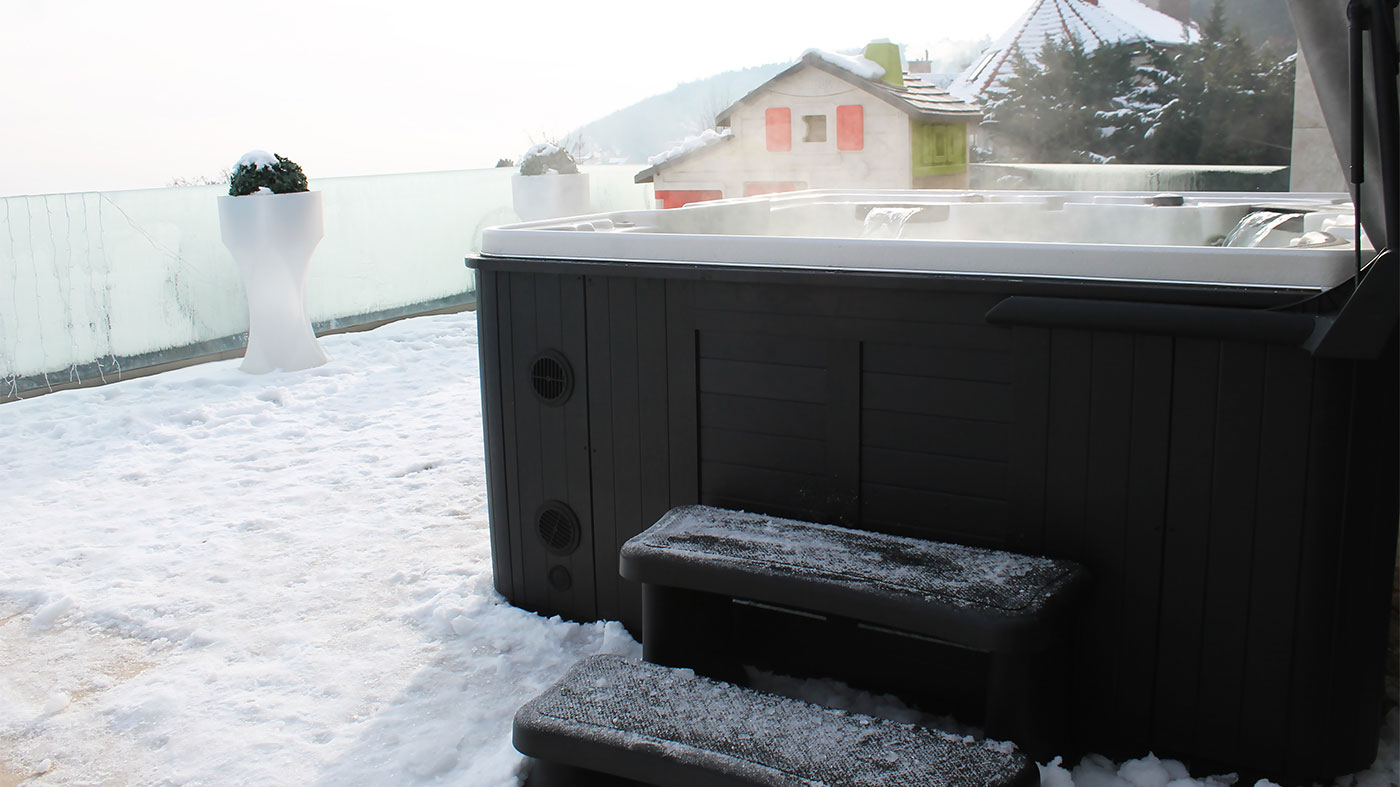
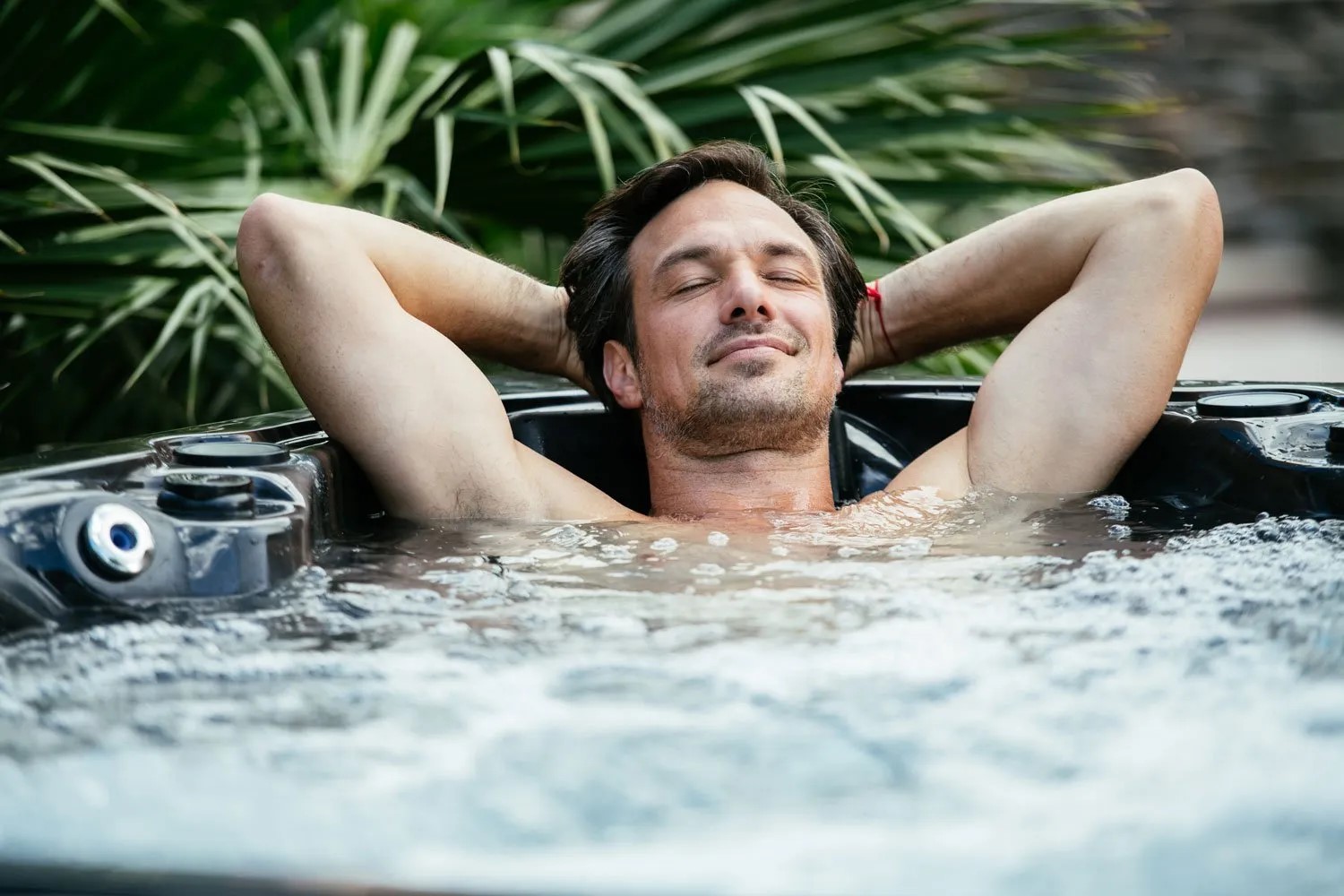

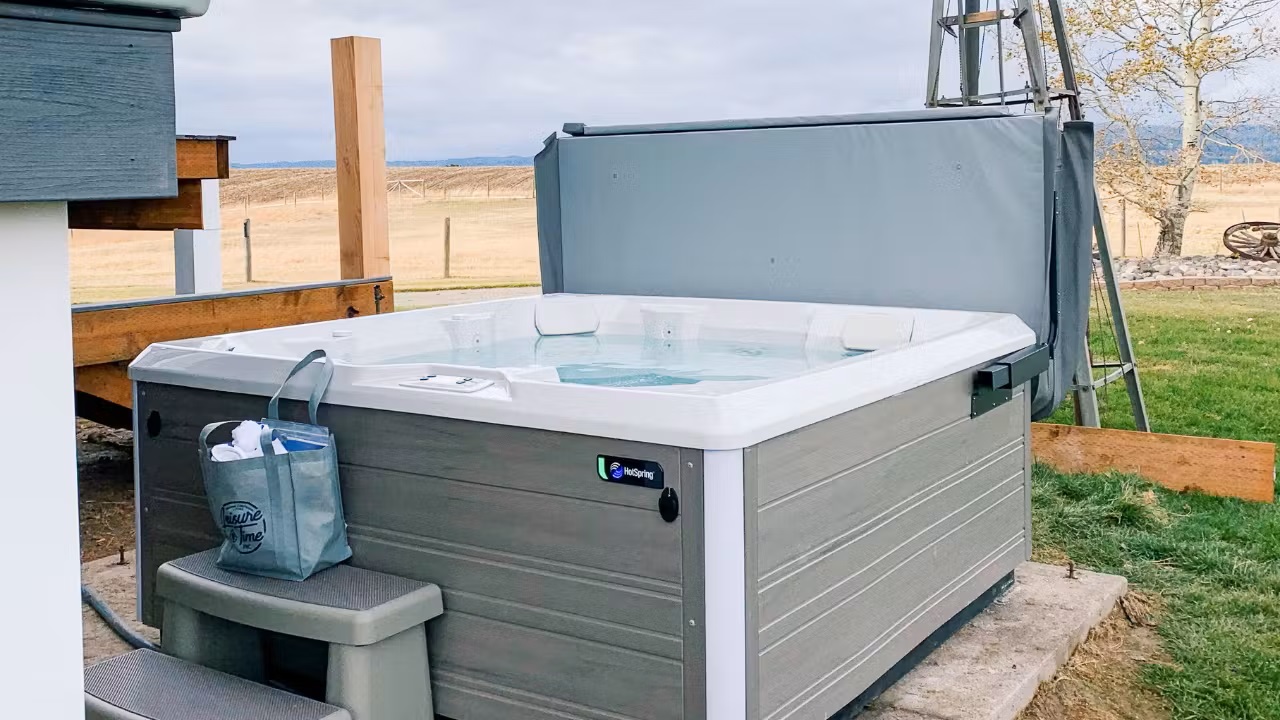
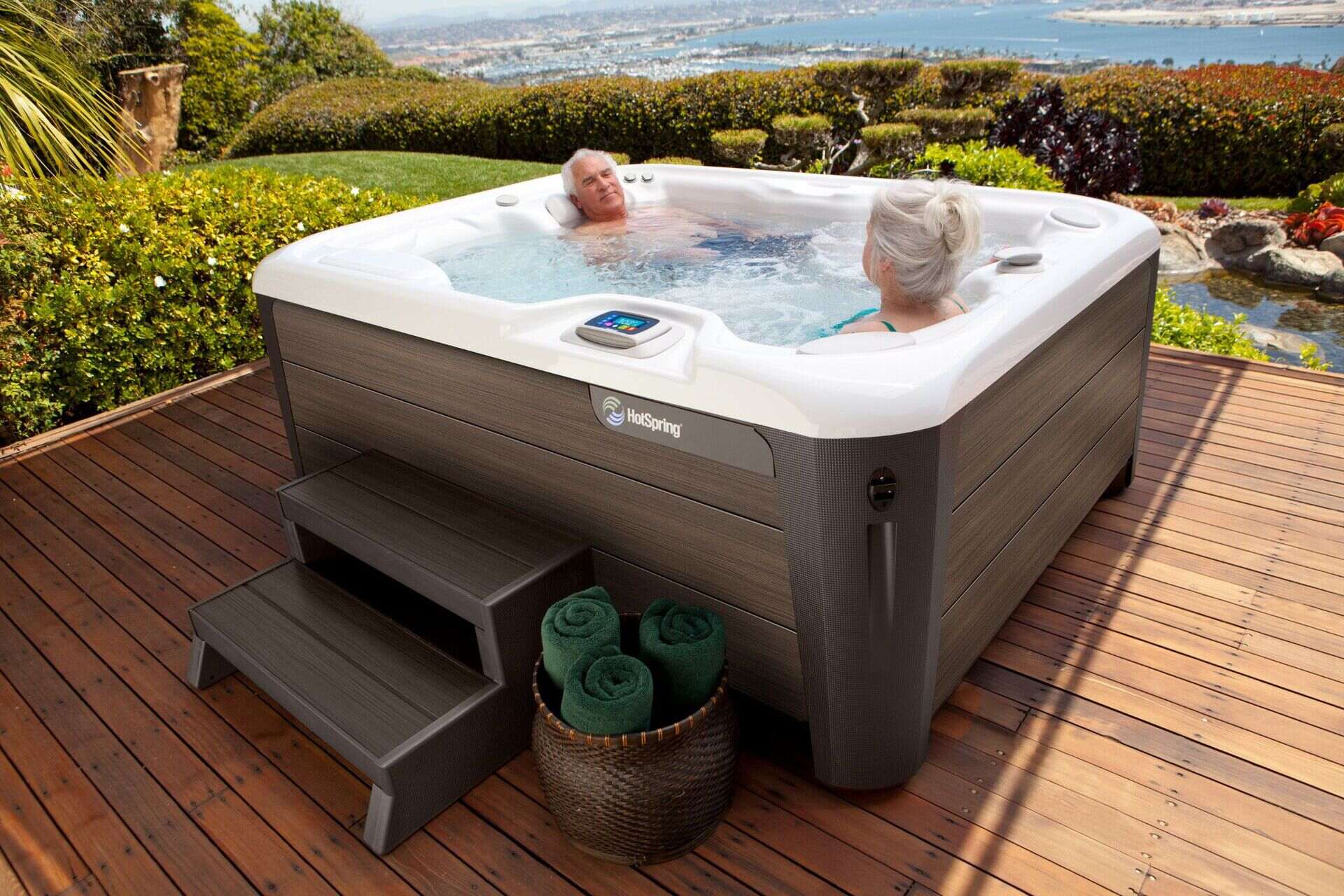

0 thoughts on “How To Make A Hot Tub Hotter”